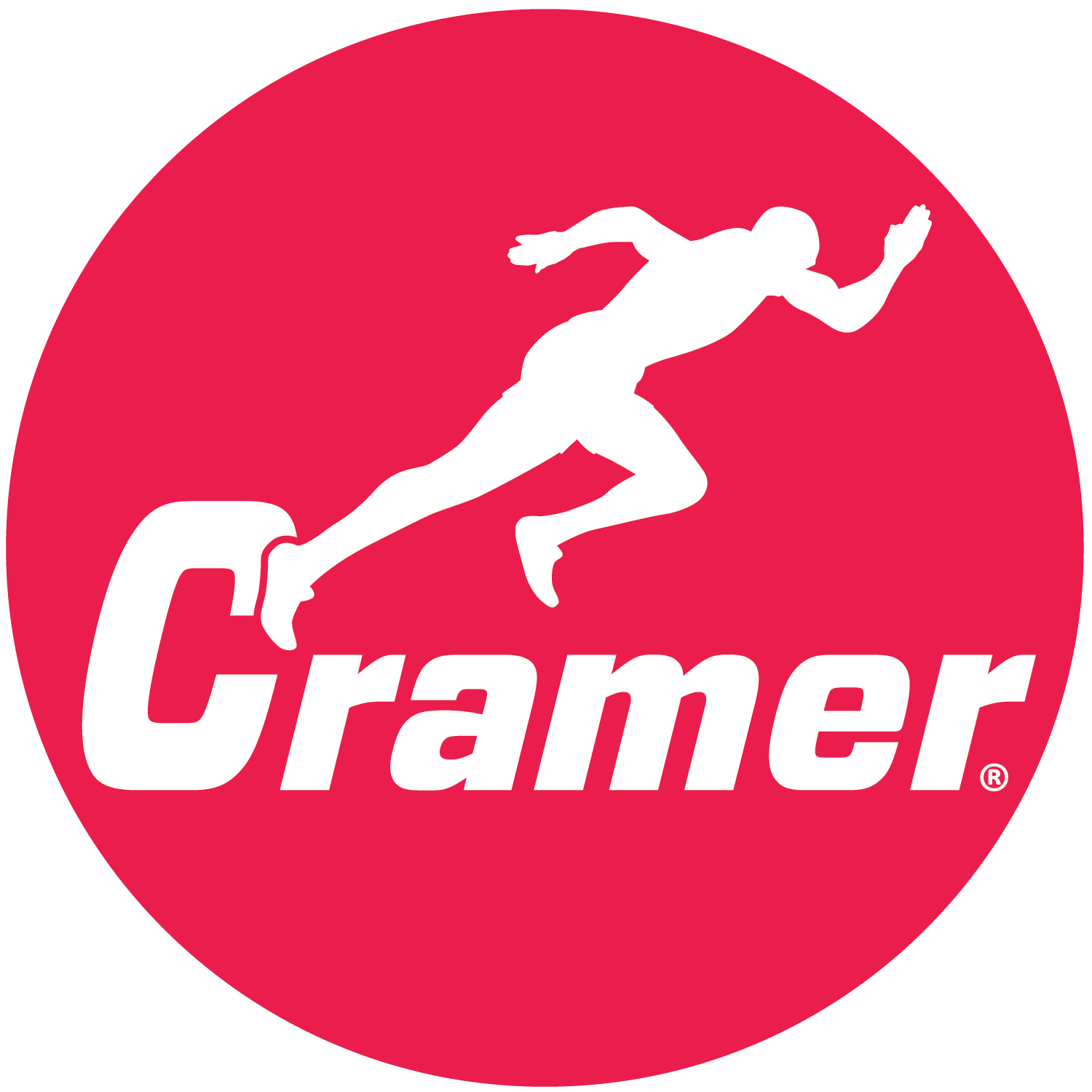
Your hips are a more crucial part of your wellbeing than you might think. If your hips are tight,
other parts of your body have to overcompensate to allow you to walk properly. Read More
Neck pain and stiffness can affect every movement you make. There’s something about a stiff or tight neck that just throws your whole body off. Whether you slept funny or consistently have problems with your neck tightening up, this stretch will help to loosen up and increase circulation in your neck muscles. Read More
It goes without saying that every athletic trainer hopes to work with a winning team. But for the past eight years, Sandy Krum, ATC, has helped one loser after another—more than 300 of them—and he couldn’t be more delighted. Read More
Congratulations to Macauly Downing of Ft. Lewis, WA, the 2015 recipient of the Jack Cramer Scholarship. The $2,000 scholarship was established in 2006 by Cramer Products to honor the memory of Jack Cramer who believed in mentoring high school students interested in the profession of athletic training. Jack, son of company co-founder Frank Cramer, died in 2004 at the age of 86. The scholarship is awarded to a graduating high school senior planning to become an athletic trainer and work in a high school setting. Read More
Congratulations to the Athletic Training Education Program of Louisiana State University—the 2015 winner of the Bill Cramer Professional Development Award. The annual $2,000 award was created following the death of Bill Cramer in 2007 to honor his passion and enthusiasm for athletic training education. Read More
From the January 1938 issue:
A possible complication
It is only proper to assume that a sprained ankle also weakens the long arch of the foot. If true, it would be wise to tape the arch in such a way that it will be held up in place while the ankle is healing.
A weakened arch may become a permanent injury and bother long after the ankle is repaired. Read More
When you think about a kit in the form of a backpack, you might think that if you’ve seen one, you’ve seen them all.
But wait until you see Cramer’s new Tuf-Tek Field Bag. Let’s just say that not only is this not your middle schooler’s backpack…this isn’t like anybody’s backpack. In fact, the field bag practically redefines the style with an unsurpassed ruggedness factor and functional modularity that will keep you organized and at the top of your game. Read More
